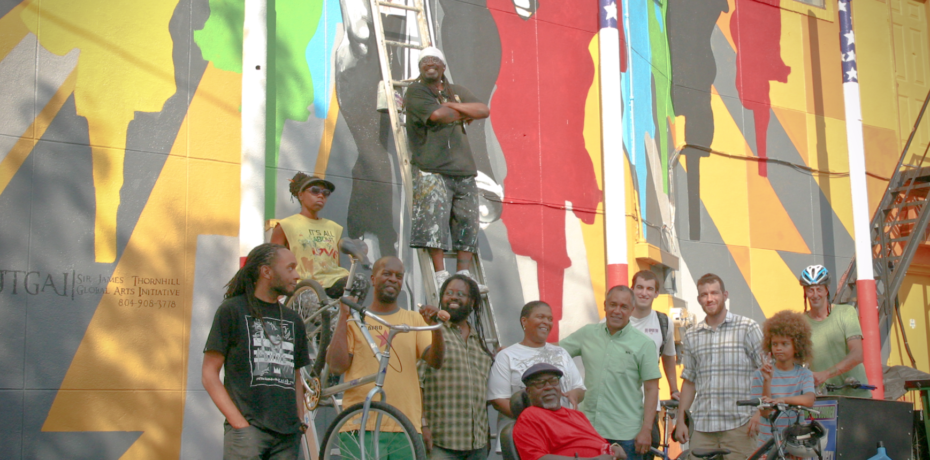Communities are built through stories. When we tell stories that inspire and engage us, we inevitably build stronger communities. But it also takes dedicated people to share narratives that have the power to change.
At the intersection of powerful stories and community engagement live two men: Mike Kemetic and Marshall “Major” Taylor.
A Powerful Story
Just before the turn of the last century, and only 34 years after the Civil War, Marshall “Major” Taylor became a world champion cyclist. While becoming a world champion is impressive enough, there was one catch: Taylor was black.
In the late 1800s and early 1900s, America still practiced overt racial segregation and discrimination. Slavery had been abolished, but systems adopted in the wake of the Civil War were just as brutal as those that preceded the Emancipation Proclamation. It is very likely that some of your ancestors will have lived through and experienced these events, and all it takes is a quick online search on sites like https://www.genealogybank.com/explore/census/1900-records to know for sure if your ancestors experienced this type of suffering. Though hard-hitting, this is a part of history, and is something we should all know about it.
However, amidst this oppressive environment, Marshall Taylor overcame immense hardship to become the first African American world champion of cycling.
After receiving his first bike at the age of 12, Taylor quickly became enamored. By 13, he had won his first amateur race, and at 15, he broke the local 1-mile amateur track record in Indianapolis, an achievement quickly followed by being banned from the track because of his skin color.
At the age of 18, Taylor became a professional cyclist. He soon became one of the best racers in the country and in 1899 won a world championship in the 1-mile. In the years that followed Taylor broke records across the United States and abroad. He defeated champions in France, Germany, and England. By the end of his career, he had broken several world records. He retired at the age of 32.
His resilience in the face of devastating racism was an inspiration.
A Community Engaged
In the summer of 2014, Mike Kemetic had the idea to celebrate Taylor’s story through art. He had a vision of inspiring youth around Richmond through Taylor’s perseverance and professionalism. To do it, he introduced two artists to the story of the world champion: Sir James Thornhill and Keith Ramsey. Within a year, Thornhill and Kemetic would bring to life Taylor’s narrative in an inspiring mural. Meanwhile Ramsey created a sculpture to honor the greatest cyclist in American history.
“In March of 2015 I reconnected with Sir James and he told me about his desire to do a mural to celebrate Major Taylor’s legacy,” says Kemetic. “We had a couple of meetings and brought in some additional support in the form of Dawn Cherry and Joe Domino, and we started getting to work on not just making the mural a reality, but making sure that the educational and community engagement elements are strong to support the strength and power of his story.”
The team secured a wall for the mural in Richmond’s historic Jackson Ward neighborhood, known as both the “Harlem of the South” and “Black Wall Street” at the same time that Major Taylor was riding. More than a beautiful piece of artwork produced by Thornhill, this piece, according to the team, has the power to engage Richmond in a unique way.
“We are taking the subject matter into schools and building a connection with kids that is often left out of the mural projects around the city. Some kids were able to participate in actually painting the mural,” reflects Kemetic.
In a town that has both a love for cycling and a growing appreciation for the power of large murals, Taylor’s piece offers a chance for Richmond to more deeply explore the connection between the stories we tell and our communities. This celebration of the resilience of the first black world champion cyclist speaks to the endurance of the African American spirit as well as a more universal story of commitment and perseverance.
As Kemetic puts it: “In a city that is moving forward into a stronger outdoor culture, public art like this that connects local community, recreation, and high individual achievement is important to bridge all of the elements that are making this city great. We, as a city, should be proud to showcase art like this by an RVA-born and raised artist, that embraces many of the things that we can be proud of.”
Check out the mural on the corner of 1st and Marshall Street in Jackson Ward.
Photos by Dean Whitbeck

